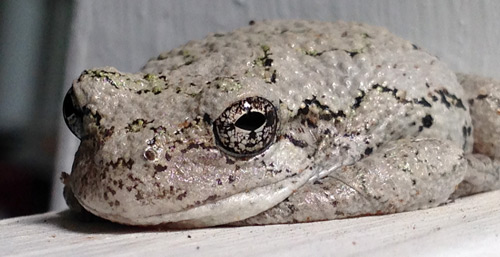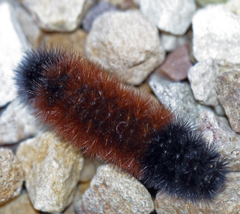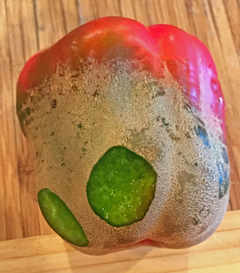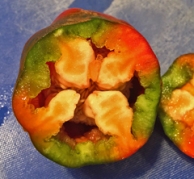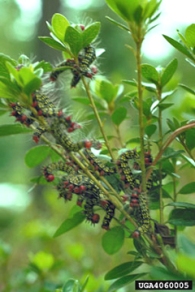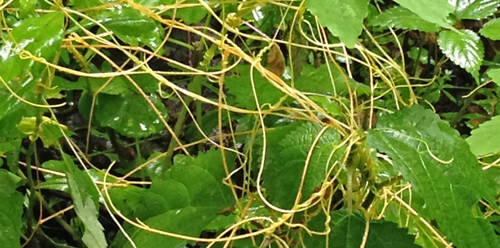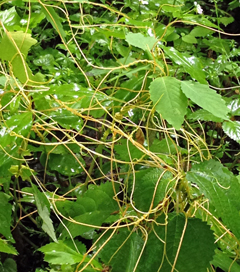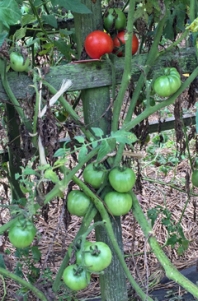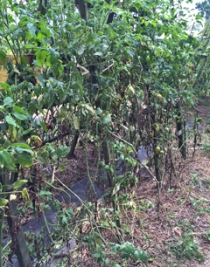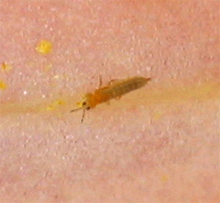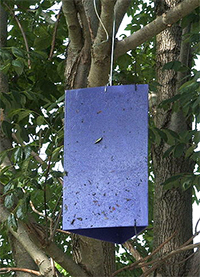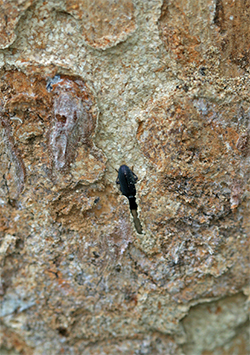Our Tree Frog Friends are Back!
Recently we’ve been seeing a lot of our friendly gray treefrogs on the deck and around the front porch! We’re happy to have them hang around to eat beetles, ants, and other insect pests that may plague our gardens!
Here is a post I wrote in May of 2014 when we first noticed these little insect predators!
Enjoy …
Well, spring is finally here to stay – I hope!
In fact, lately it seems that we have skipped spring and gone right into summer! It’s been downright hot out there the last few days!
It sure has been a roller coaster ride of high and low temps this season! Spring was very late this year and, with the exception of the redbuds, the flower show of blooming trees seemed to be less than spectacular. Eric is currently teaching his Field Botany May Term course for Mary Baldwin College and he comes in most days disappointed with the slow progression of spring and the lack of blooming wildflowers. They finally saw some Pink Lady’s Slippers on Friday.
Just two weeks ago, tiny oak leaves began to pop out and now they have expanded to nearly full size. The pollen-filled catkins are hanging down from the branches and every outdoor surface is beginning to be covered with oak pollen. The pine pollen won’t be far behind – I have just noticed that the male cones are beginning to develop on our big pines. Pollen season is upon us!
For several weeks, we have been hearing the trill of the treefrogs in the evening. This is always a sign that spring is near.
The spring peepers are one of the first treefrog species to emerge and begin singing. You can often hear them in early March. They were late this year and I just heard from my family in Vermont that they are now singing in earnest up there. The sound of their trilling can be deafening on a still night!
“Spring is here,” they seem to say!
One warm morning last week as Eric and I were having coffee on the deck, Eric noticed a pale gray blob wedged beside the pole that holds our wind speed indicator. When I went closer to investigate, I discovered it was a treefrog which Eric later identified as a gray treefrog (Hyla versicolor). He was a cute little guy and was doing his best to blend in with the pole. Eric was able to get some good pics.
Gray treefrogs are common throughout the eastern US. They are large treefrogs with grayish skin that is surprisingly dry and warty for a frog. They aren’t quite as warty as a toad but more so than the typical frog.
Gray treefrogs are able to change their skin color to some degree in order to blend in with their background; sort of like a chameleon only the change isn’t quite as dramatic. He was very pale when he was up against the white pole but when he moved away from that light background, he slowly became a bit darker. It was very interesting.
One of the distinguishing traits of treefrogs is the large discs at the tips of their toes. These toepads allow them to climb up vertical surfaces like our deck post. Apparently, gray treefrogs have particularly large toepads but we couldn’t see his toes very well – he kept them curled up under his body most of the time.
Treefrogs typically vocalize/sing at night but this guy started singing a little bit while he was on the deck – perhaps he was just confused! It was interesting to see his throat pouch balloon out each time he called. The males are the only ones that sing. They sing to attract the female frogs.
Frogs and toads are wonderful “friends” to have in the garden because they prey on many of the pests that are destructive to both our ornamental and vegetable plants. They eat insect pests like beetles (including cucumber beetles), crickets and grasshoppers, ants, earwigs, and cutworms.
Like I said – great friends to have in your garden!
Toads are especially nice to have around because they LOVE slugs and even snails. Many gardeners put “toad houses” in their gardens just to encourage these warty friends to live amongst their plants. And contrary to popular belief – you can’t get warts from handling toads!
We were happy to find this little visitor on our deck. I hope he sticks around to feast on some of the bugs that get in our deck lettuce every year. I bet those nasty green aphids would be easy (and tasty) pickings for a treefrog!
